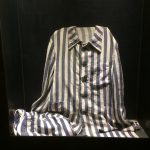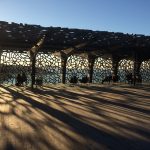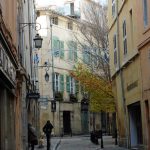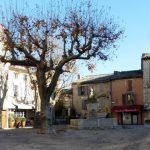Castle of Angers
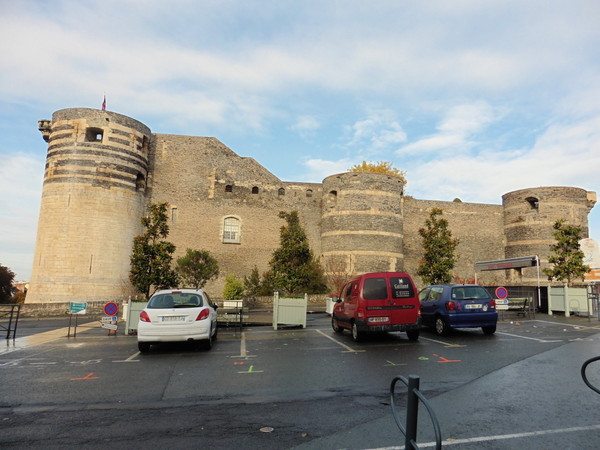
After spending the morning on a walking tour of Angers this afternoon I headed to the Castle of Angers (Chateau d’Angers).
The Castle of Angers was commenced in 1232 by Blanche of Castille, the Regent of France. It was situated high above the River Maine on a rocky outcrop, which had been used a defensive position since Neolithic times. The Romans had built defences on the hill during their occupation. During the 9th century the Count of Anjou had built a castle to defend against the threat of the Normans.
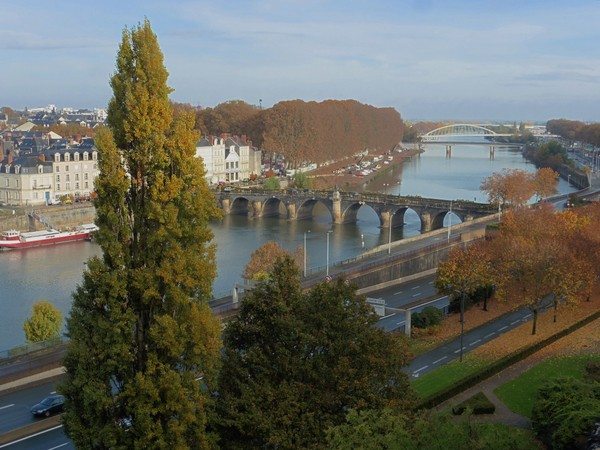
When Blanche of Castile decided to build the Castle of Angers it was to protect her son Louis IX. She could house a royal army within the walls of the castle. Also the castle was situated near the confluence of the Maine and Loire which were trade routes.
Blanche of Castille had married at a very young age to King Louis VIII. After he died from dysentery she became regent of France whilst her son Louis IX was still too young to rule. At that stage France was not one kingdom but a series of separate kingdoms. Land was traded as dowries and marriages arranged to increase holdings.
Blanche was the granddaughter of Henry II of England. Due to her heritage during the English Barons rebellion in 1215-16 against King John, her husband Louis was offered the crown of England. Unfortunately for her and Louis, King John died and the barons decided to crown Johns nine year old son Henry instead. They probably thought he’d be a lot more easily manipulated.

The castle was built using Loire Valley limestone and locally sourced schist to produce the black and white striped walls that are still visible today. Originally the 17 towers were 40 metres tall and the castle cost 1% of the revenue raised by the crown during the year. The outer walls were 660 metres long, 3 metres thick and cover an area of 20,000 square metres.
With successive French Kings expanding their empire the castle became less important. By 1352 Castle of Angers was granted to King John II Le Bon’s second son Louis I, Duke of Anjou. The Dukes of Anjou, Louis I & II and King René (whose statue sits below the castle) were great art lovers who built the royal apartments and chapel. They also commissioned the Apocalypse Tapestry in 1373 which is housed in the museum.
The castle became the refuge for the dauphin in the early 15th century after he fled from Paris. He later became King Charles VII with the help of Joan of Arc.
By the end of the 16th century the castle was converted with the towers and ramparts leveled from 40 metres high to just 18 metres to allow for artillery instillation by the Army. During its life the castle was used as a military academy and in the 19th century the castle was also used as a prison. During Nazi occupation it was used as a ammunition storage and was damaged during an explosion.
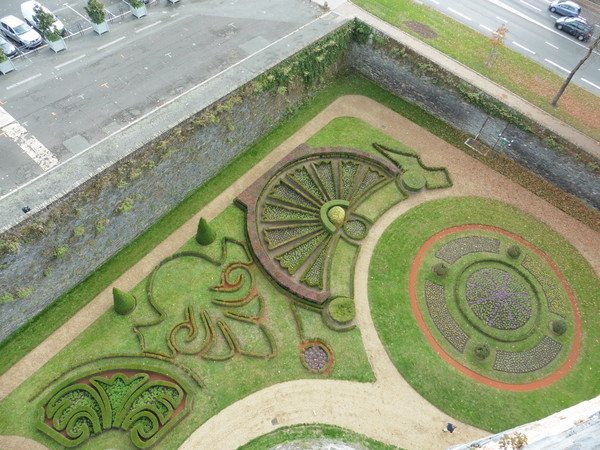
These days the castle has been restored and is open to the public. The centre of the castle is lined with trees and a formal garden including hedges. Nearby the governors lodging is used as a cafe with a lovely cobbled al fresco area which is perfect on sunny days. The field gateway is the original entry to the castle which these days is covered by a portcullis. Originally access to the castle was via this gate via a bridge and drawbridge. On either side there is access to the two towers which give a perception of just how massive the castle is.
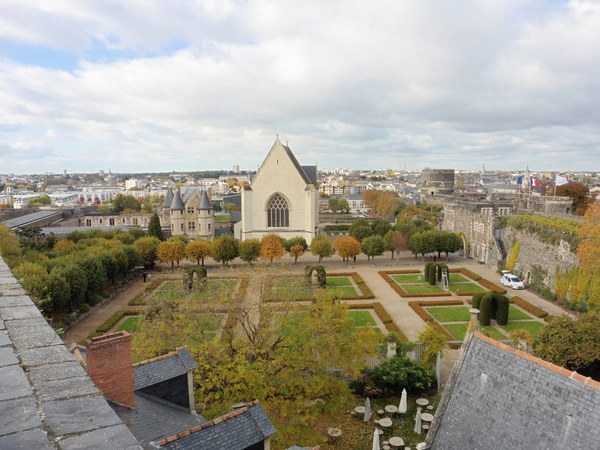
Walking around the castle ramparts there’s a great view across the city and along the River Maine. Down below in the moat formal gardens are laid out and from the walls is the perfect place to view them from. Also along the ramparts are gardens where grapevines and plants which were in use during the Middle Ages are grown. It’s quite different experience for a castle but also a nice place to sit and enjoy the surroundings.
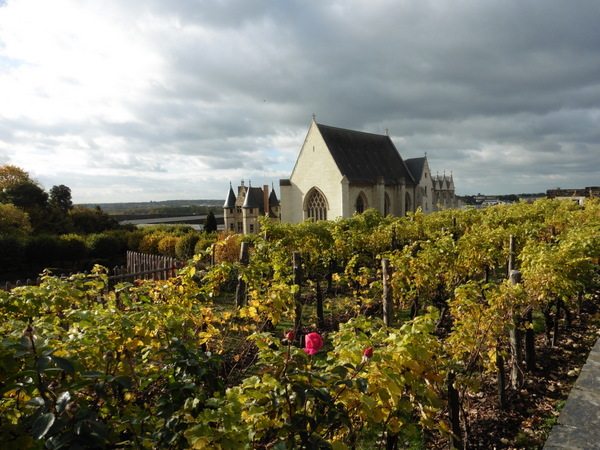
In the middle of the castle is the Royal Residence and chapel. The chapel was once royal and even held a splinter from the cross. After recent tenants it’s just a shell with some remnants of early Christian paintings on the walls. The bottom floor of the Royal residence is used as a museum. It houses models which show the transformation of the castle and displays a film of the history.
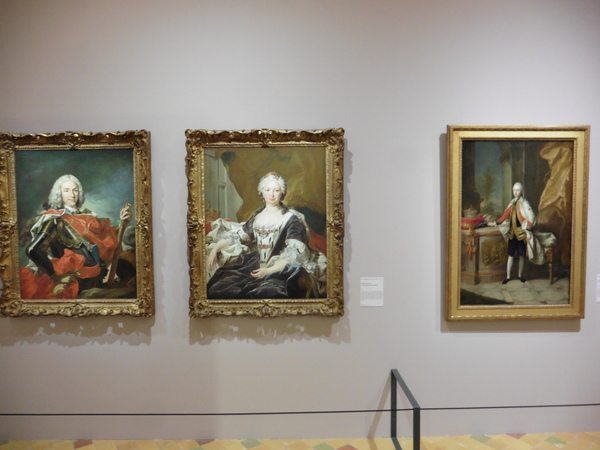
The upper floors are home to exhibitions. The recent one is entitled “Le Goût De La Parure” or the Taste for Jewellery”. It was an interesting exhibition on the French love of jewellery. The exhibition centred around King Louis XIV and the three centuries since. Using portrait paintings and drawings from the Palace of Versailles it traced the changing fashion of jewellery. It showed how wearing wealth as adornments on clothing was part of fashion. Even the Sun King adorned his armour with jewellery and wore diamond encrusted buckles on his shoes. The exhibition was quite fascinating.
Apocalypse Tapestry
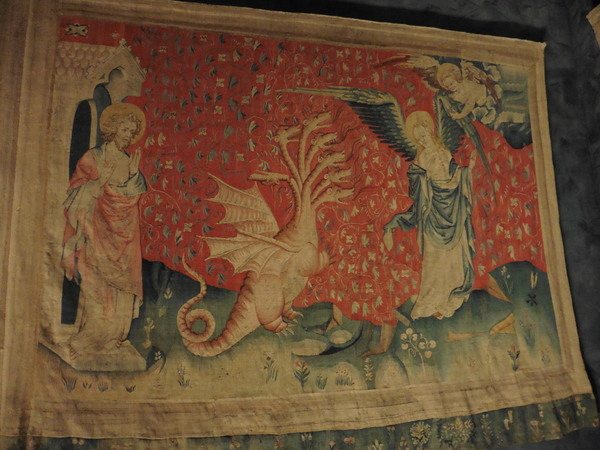
The Apocalypse Tapestry Gallery is within the grounds of the Castle of Angers on the site of former buildings. Commissioned in 1375 by Louis I, Duke of Anjou the Apocalypse Tapestry is the oldest surviving set of this size. The tapestry wasn’t always revered and during the French Revolution the tapestry was used to plug holes in a barn. Other pieces were sold off. These days the tapestry is housed in long galleries where it’s sheer size can be appreciated. The tapestry is based on the “Book of Revelation” and features the Four Horsemen of the Apocalypse, Dragons, Angels, Satan, Plagues and heaven. It’s quite a fascinating piece which is unlike any religious art I’ve ever seen before.
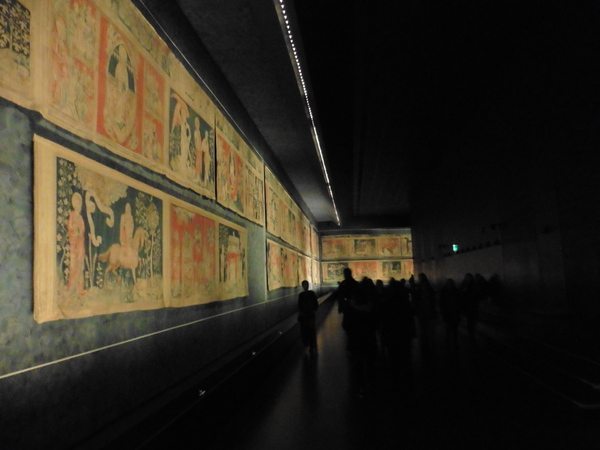
Despite the age and mistreatment the Apocalypse Tapestry is in surprising shape. Unfortunately due to the low light getting photos which portrayed its real beauty was impossible. The best way to enjoy it is visit it yourself.


